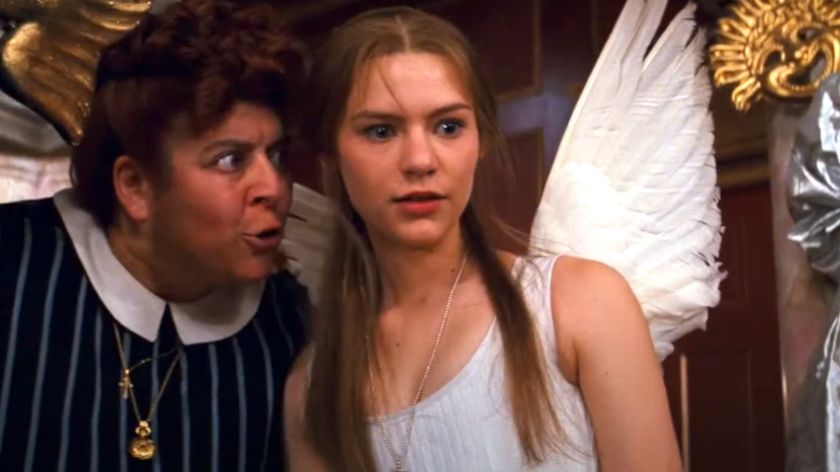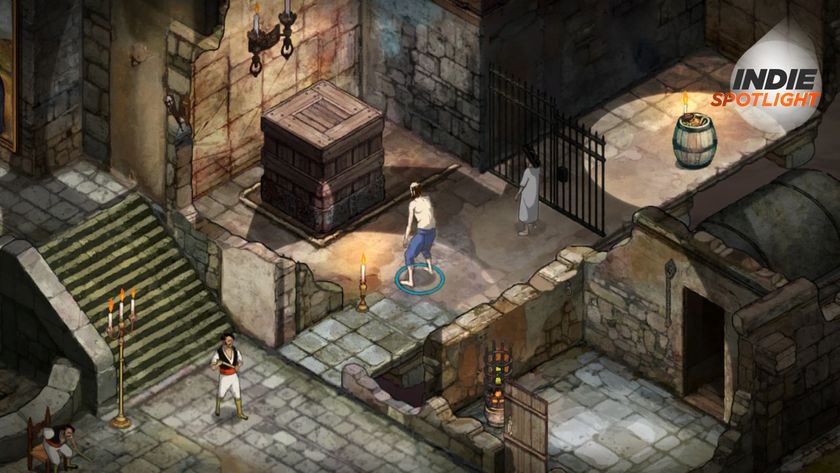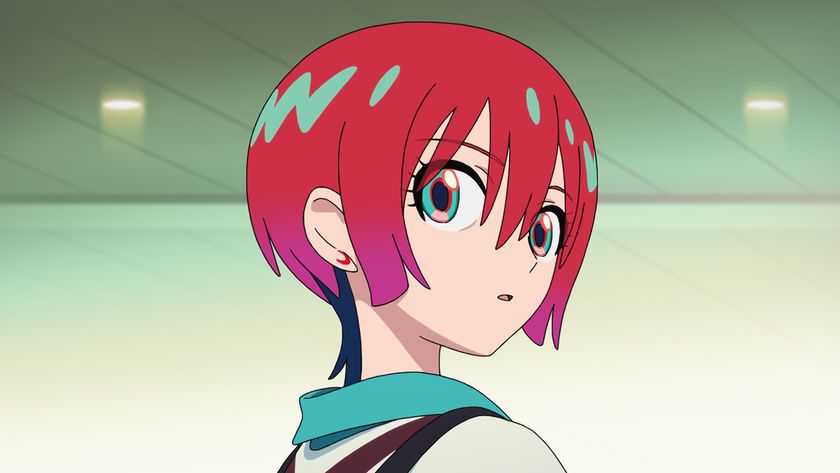A life in shadows: A Luigi biography
The history of gaming’s number 1 player 2
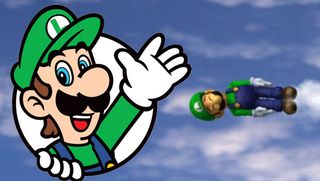
Luigi number one!
Luigi turns 30 this year, but despite a storied career that includes many appearances in the best games ever, hes often pushed to the background by his red-clad brother. For the last three decades, Luigi has happily been second banana to Mario, whether theyre saving the Mushroom Kingdom or racing go-karts. But his rich history is often overlooked, something were changing today.
To celebrate the Year of Luigi--along with his new star vehicle Luigis Mansion: Dark Moon--weve compiled a unique journey through the life of gamers favorite green man. Like most biographies, we start at the beginning
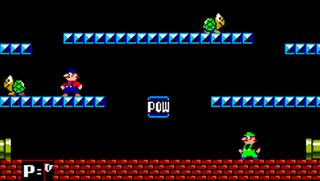
Birth of a palette swap
Mario quickly became Nintendos number one son after the huge success of Donkey Kong in 1981. After briefly playing the bad guy in Donkey Kong Jr., Mario was spun-off into a new franchise, one with his name in the title. 1983s Mario Bros. was designed as a Joust-ish single screen battler, but the new co-op gameplay demanded a second character, and so the Mario brothers were born out of gameplay necessity.
No doubt due to the limited hardware resources, the second players sprite was simply Mario with red swapped out for green, though Nintendo was quick to define the second plumber as more than Mario #2. This was Luigi, Marios twin brother, and his equal when it came to killing turtles in New York City sewers. Luigi has come a long way since the arcade original, but his affinity for green and secondary status have stuck.
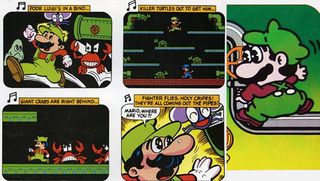
First hints at a personality
Mario Bros. was an instant hit in the arcades, thanks in no small part to the fun gameplay born of the brothers competitive turtle kicking. The game was also one of the last Nintendo games to appear on third party platforms like Atari and Commodore. Luigi was featured prominently in the ad for the home versions, particularly in US Atari ads. The creators probably didnt realize it at the time, but those advertisements featured the type of panicked personality Luigi would embrace in games decades later.
Above is a print version of the Mario, where are you? ad campaign, and you can see the TV version here. Luigi begging for Marios intervention isnt all that heroic, but it did differentiate him from his twin. Differences like those were certainly needed, because Luigis life as a cloned sprite had just begun.
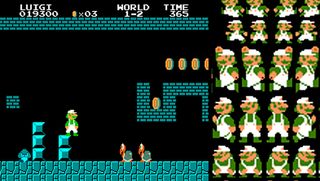
The brotherly love heads home
After a couple canonically-iffy appearances alongside Mario in some Game & Watch titles, Luigi was ready to accompany his brother onto Nintendos first home console, the Famicom/Nintendo Entertainment System. Not only did the system launch with a new port of Mario Bros., but Luigi also co-starred in the systems killer app, Super Mario Bros.
However, this time Luigi didnt share the screen with Mario. He was now merely relegated to alternating as the playable character in two-player games of the blockbuster title. Luigi looked a bit different than he did in the arcade original, too. He was now sporting white dungarees with green hair and a matching shirt. Despite this version of Luigi being seen in tens of millions of homes, it was abandoned following the Japanese version of Super Mario Bros. 2 (a.k.a. Super Mario Bros.: The Lost Levels).
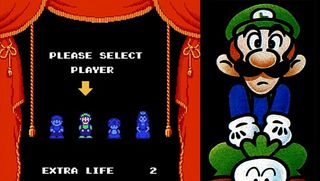
A growth spurt
Nintendo of Americas choice to replace the Japanese sequel to Super Mario Bros. with a reskinned Famicom title ended up having a huge impact on Luigi. The USs Super Mario Bros. 2 was a reskin of a game called Doki Doki Panic, and its main platforming gimmick was that players could enjoy the sidescroller as one of four unique characters. This gave the developers an excuse to completely change their approach to Luigi, and the aesthetic has more or less stuck ever since.
Luigis new look still took Marios in-game outfit and replaced red with green, but Luigi was now taller and slimmer than his brother. Not only that, but he could jump higher and slow his descent via frantic leg wiggling. Howd this change happen? Perhaps the developers just wanted Luigi to be as tall as the character he replaced in Doki Doki, or maybe this was the first time the tech allowed the devs to make him more than a palette swap. Well ask Shigeru Miyamoto the next time we see him.
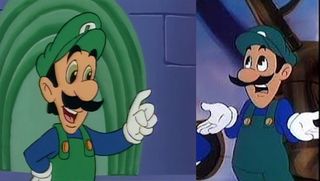
The Luigi we grew up with
Super Mario Bros. 2 was sitting in almost every Americans NES, so that look for Luigi basically stuck in US media. Any gamer that was a kid at the time will remember 1989s Super Mario Bros. Super Show, a syndicated cartoon that shoved together SMB and SMB2 into one strange world, a place filled with terrible puns on Italian food. In both the cartoon and the live action skits that bookended them, Luigi was once again cast as slimmer and taller than Mario, proving that his SMB2 redesign was here to stay.
The Super Mario Bros. 3 cartoon that followed in 1990 continued the look, but reflected a new, subtle difference between the brothers: their hair color. Both kept their black mustaches, but Marios hair was now light brown, a change Luigis mane would make in a years time. Once that all those alterations were in place, Luigis look was basically set for the US, though it took Japan a little while to catch up.
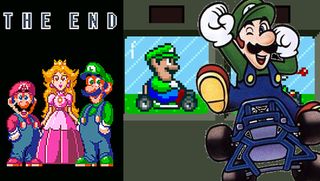
Back to normal until Super Mario Kart
Americas Super Mario Bros. 2 wasnt released in Japan until 1992, so when the island nation got Super Mario Bros. 3 in 1989, Luigi returned to being a squat, green-tinged mirror of his brother. Japan saw the release of Super Mario World one year later, and Luigi once again was a sprite dupe of Mario, though both saw a switch to blue overalls with a red or green shirt that has stayed to this day. The only sign that Nintendo of Japan recognized his new design was the distinctly tall and slim Luigi that appeared with Peach and Mario after the credits of Super Mario World.
Super Mario World would end up being the final appearance of a Luigi cloned from Mario. 1992 saw the Japanese release of Americas Super Mario Bros. 2 and Super Mario Kart, both of which depicted Luigi as we know him today. Nintendo has kept that base design the same for every region ever since, no matter how many different graphical styles depict him.
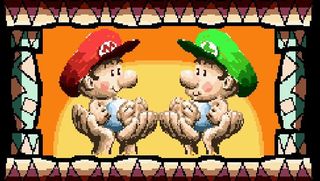
Where was Luigi born?
Weve explored Luigis long history of growth in the real world, but nailing down Luigis fictional history is a little harder. The Mario games lighthearted nature makes its timeline fairly open. In their first arcade game, Mario and Luigi were simple, hardworking Brooklyn plumbers that got pulled into the Mushroom Kingdom through a strange series of pipes. That origin gels with their current characterizations, but that biography is thrown off by 1995s Yoshis Island.
The first official prequel in the series, Yoshis Island told the story of Yoshi trying to reunite Baby Mario with an infant Luigi after Weegee--as the internet as taken to calling him--had been kidnapped by Bowser. When theyre ultimately reunited, both were delivered via stork to parents that clearly live in a Mushroom house somewhere in the Mushroom Kingdom, and thats reinforced in YIs DS sequel. So was Luigi born in America or not? We demand to see a birth certificate.

The lost chapter
Years before he starred in Luigis Mansion, the green one was the star of Mario is Missing! for NES, SNES, and even PC. Unfortunately for Luigis faithful, this title unsuccessfully chose to replace Marios tried and true platforming with geography trivia.
Mario is Missing! was the result of Nintendo trying its hand at popular edutainment games like the Carmen Sandiego. Thats not bad in theory, but Nintendo chose a developer that had no clue how to draw the Mario characters. The mix of boring gameplay and off-model Luigi are why you shouldnt expect this game, or the sequel Marios Time Machine, on Virtual Console any time soon.
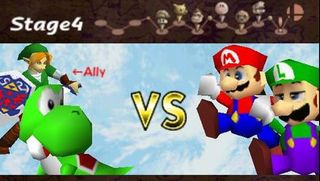
Slow start on N64
Compared to his rapid growth on the NES and SNES, Luigi entered a real slow period on the N64. Super Mario 64 was the first core Mario title to not include Luigi, so he didn't even in 64 bits until Mario Kart 64. After that, showing up alongside Mario in the many sports and party games became the status quo for Luigi. It was only near the end of the system's lifespan that Weegee got to stretch a little.
Super Smash Bros. was a surprise late hit for N64, and it finally gave Luigi a real chance to stretch. Yes, his fighting style was a goofier, ineffective version of Mario's, but many found Luigi's manic flailing endearing. His odd moves and cowardly screams were only expanded on in the sequels, but this new personality would also serve Luigi well when he finally got his first starring role.

A clone of his own
Arguably the biggest development of the N64, at least for Weegee historians, was the addition of Waluigi to the Mario pantheon. Wario had been hounding Mario for years when Mario Tennis was released on N64, which is where Waluigi debuted as Warios natural doubles partner. And much like Wario was Marios evil, fatter reflection, Waluigi was lanky and rail-thin, from his clownish feet to his creepily thin mustache.
Waluigi has been Luigis chief rival in most spin-offs for the past decade, but it still took us some to get used to the purposefully ugly character. We came to better understand him once we found out his name was slightly more clever than it initially seemed. In Japanese, warui means evil, so when its combined with Luigis Japanese pronunciation of Ruigi, you end up with an evil Luigi. That being said, his nose still grosses us out.
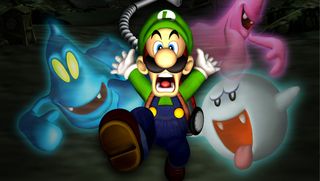
A chance at stardom
At the start, Luigi's GameCube years were a stark contrast to his time on N64. For the first time ever (outside horrendous edutainment like Mario is Missing), Luigi was headlining his own game, and it was even launching a Nintendo console. Its true that Luigi's Mansion didn't redefine genres as Super Mario 64 did, but it was an entertaining adventure that solidified Luigi as the easily spooked hero we know today.
Perhaps some fans didn't appreciate Luigi constantly cowering in fear, but Luigi's Mansion gave him a real chance to stretch as a character. Luigi's craven acting was done so well that it made Mario's stoic bravery seem bland by comparison, and many developers would soon find new ways to grow Mario and Luigi's relationship by contrasting those two personalities.

Back to sharing the spotlight
Unfortunately for our green hero, Luigi's Mansion wasn't a huge hit, so he once more returned to filling out the rosters of the many Mario spin-offs on both GameCube and GBA. And though titles like Mario Golf didn't give him much room to grow, Mario's expansion into RPGs sure did.
Luigi's newly comedic persona worked great in both the original Paper Mario and its sequel, Paper Mario: The Thousand Year Door. Unlike silent protagonist Mario, Luigi made the most of his brief appearances thanks to hilarious dialogue that reinforced the whole lovable doofus angle. But that was all preamble to becoming the breakout co-star in a series of portable role-playing games.
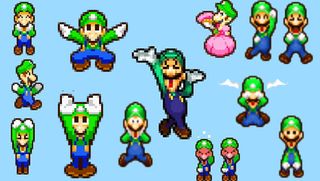
Playing different roles
The original entry in the Mario & Luigi franchise, subtitled Superstar Saga, made Luigi an unwilling companion on one of Mario quests, and the best moments came from his trepidation. Luigi got dragged from dungeon to dungeon, frozen in fear when an incapacitated Mario meant he had to briefly adventure alone, and crestfallen when seemingly every person they met had heard of Mario but not him. Even Bowser couldnt recall who Luigi was.
The M&L devs found new ways to mock Luigi with each new entry, but the jokes always seemed to come from a place of love. Mario the mascot had to stay pretty vanilla, but the Luigi of the M&L games got more flamboyant (when he wasnt cowering in terror). Luigi always had a brief, celebratory dance when he levelled up, but his movements grew campier with each entry. By the third M&L game, he was practically Vogueing. Luigi was becoming quite the dandy, and we were loving it.

New platforms
Luigi might have been active in genres as diverse as sports, adventure, and party games, but hed been absent for too long from the platformers he once called home. A trend that started with Luigi being excluded from Super Mario 64 continued on the GameCube when he was nowhere to be found in Super Mario Sunshine. It seemed like Luigi had been banished from the core series, but that finally started to change when Luigi was added to the DS remake of Super Mario 64, and the trend continued on the Wii.
Super Mario Galaxy stealthily included Luigi, but he was only in-game once players collected every single star in the game. The developers were much more lenient in Super Mario Galaxy 2 when they let you play as the green one about halfway through the game. From then on Luigi has been a constant in the core Mario games, and we hope he never leaves again.

A princess of his own
Mario and Princess Peach have clearly been more than friends for years, but Luigis close friendship with Daisy has only been obvious to fans that were looking for it. Daisy was first introduced in Super Mario Land--a game Luigi doesnt even appear in--but she next showed up as Luigis caddy in NES Open Tournament Golf, fulfilling the same role that Peach did for Mario. Around the same time Luigi and Daisy were love interests in the truly awful (or amazing?) Mario Bros. feature film, though thats hardly canonical.
After their time together on the golf course, Daisy vanished from Mario games for a few years, eventually returning in Mario Tennis for the N64. That title once more made her a Mario regular, and Daisy and Luigi have been teaming up in virtually every modern Mario sports games since. Daisy/Luigi shippers got their most concrete proof of a relationship in Mario Kart Wii. The above image has a giant gold statue of the two sharing a dance that many sharp eyed kartists caught.
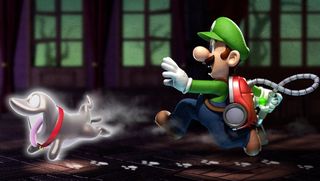
A bright future ahead
Its been a long road for Luigi, but now hes finally arrived in 2013--a.k.a. the Year of Luigi, according to Nintendo president Satoru Iwata. The 30th birthday celebration starts with a Luigis Mansion sequel, something even the most hardcore Nintendo fans doubted theyd ever see. After the portable ghostbusting follow-up, Luigi is getting his own round of DLC for Wii U launch game New Super Mario Bros. U, and hes the focus of a brand new Mario & Luigi RPG on the 3DS.
It seems like 2013 could be the year that gamers everywhere might finally see Luigis leading man potential. Perhaps this is start of a whole new chapter in Luigis life, one marked by pushing Mario to the background. How does Super Luigi Bros. sound to you? And even if Weegee is once again a supporting player in 2014, we can always look back on this year and smile.
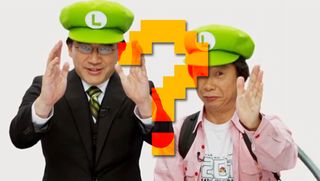
Dont call it a comeback
Thats the end of our Luigi lovefest, but itd be great to hear all of your Luigi memories. Please share your favorite moments of Mr. Ls 30 year career in the comments.
And if you're looking for more Mario love, check out our list of Mario trivia and facts and the top 7 most disturbing things about the Mushroom Kingdom.

Henry Gilbert is a former 12DOVE Editor, having spent seven years at the site helping to navigate our readers through the PS3 and Xbox 360 generation. Henry is now following another passion of his besides video games, working as the producer and podcast cohost of the popular Talking Simpsons and What a Cartoon podcasts.
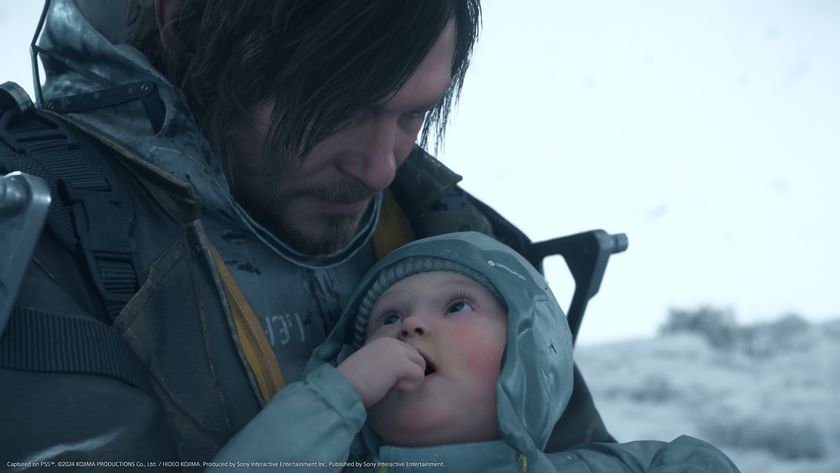
Death Stranding 2 pre-orders are estimated to go live this month, and will reportedly include a $230 collector's edition that I pray doesn't come with another creepy baby statue
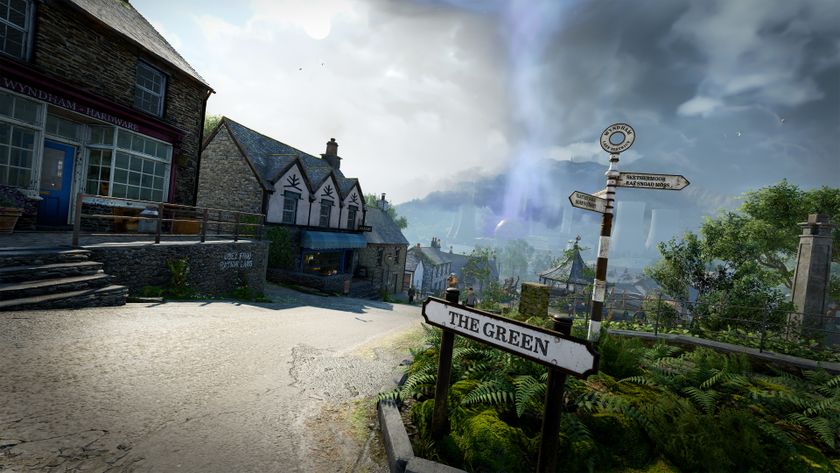
Playing Atomfall for 90 minutes booted me out of my comfort zone more than any other survival action game, and that's a very good thing
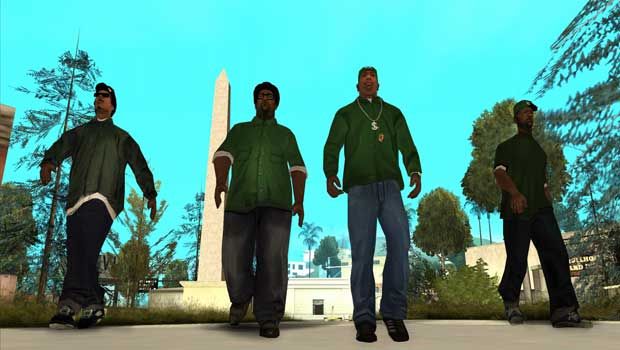

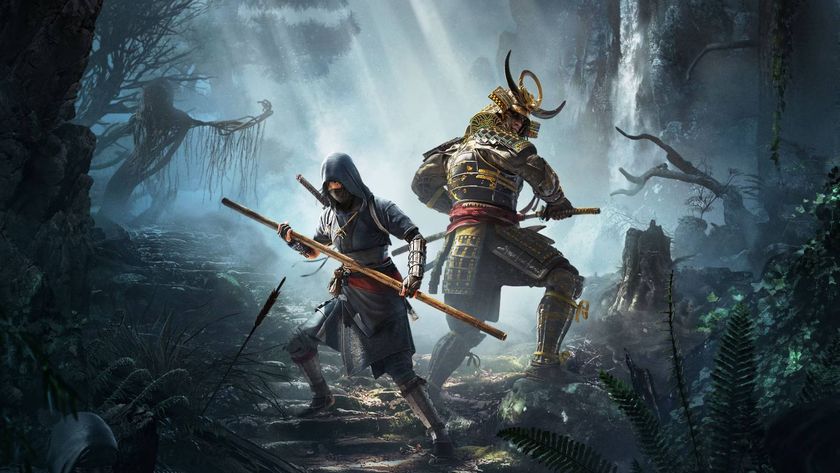
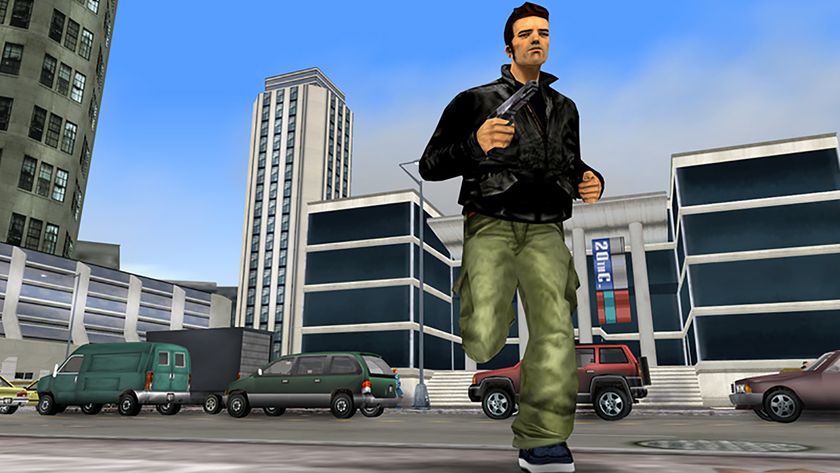
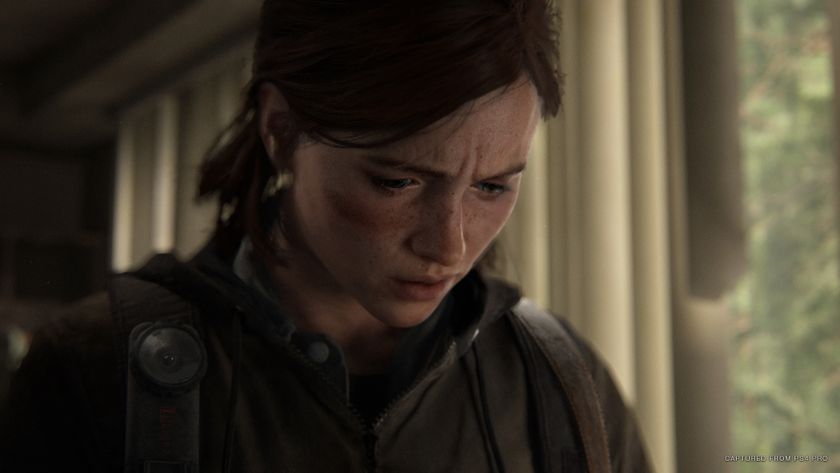
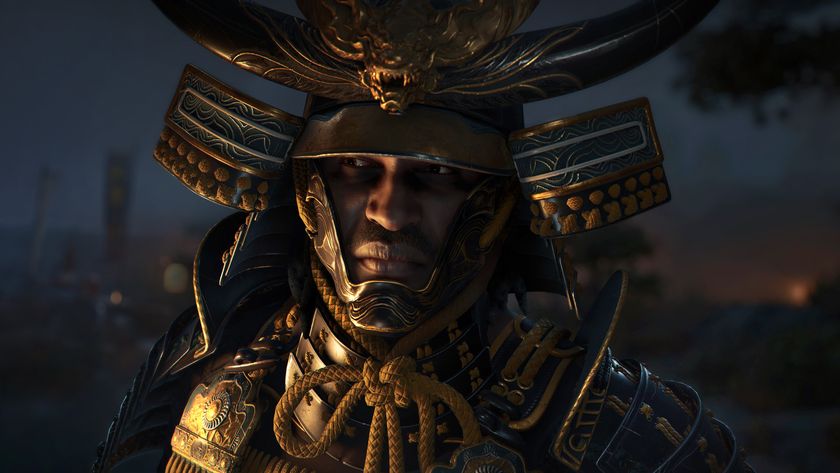





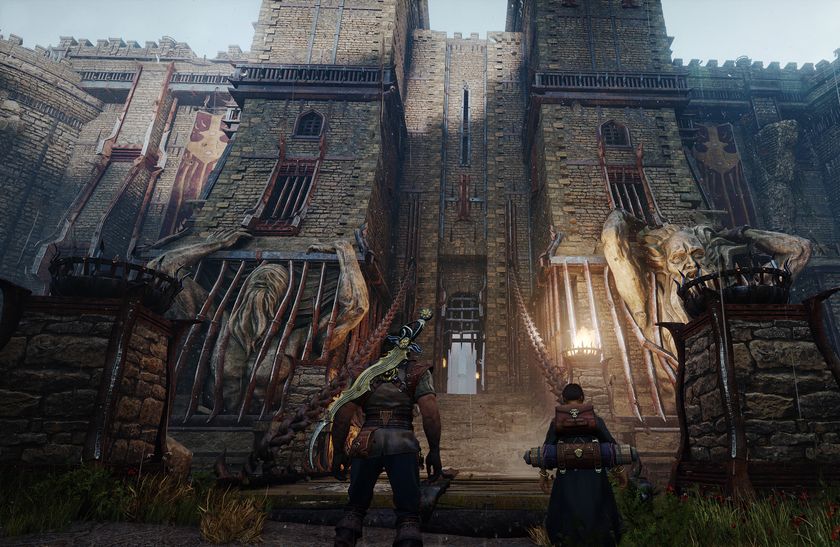

Death Stranding 2 pre-orders are estimated to go live this month, and will reportedly include a $230 collector's edition that I pray doesn't come with another creepy baby statue

Playing Atomfall for 90 minutes booted me out of my comfort zone more than any other survival action game, and that's a very good thing

